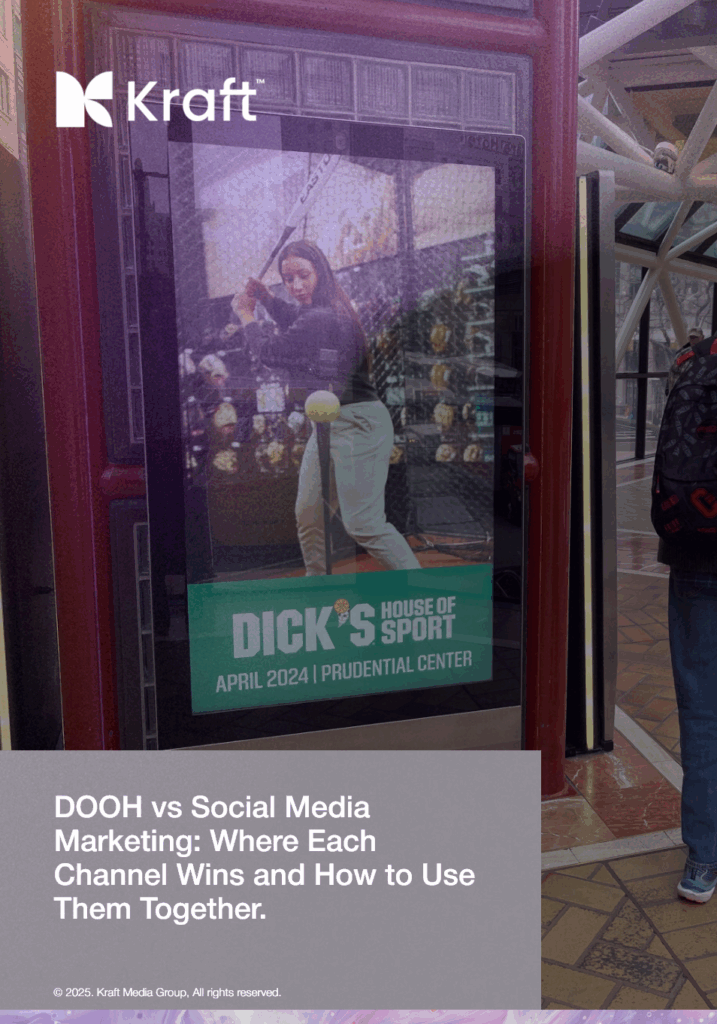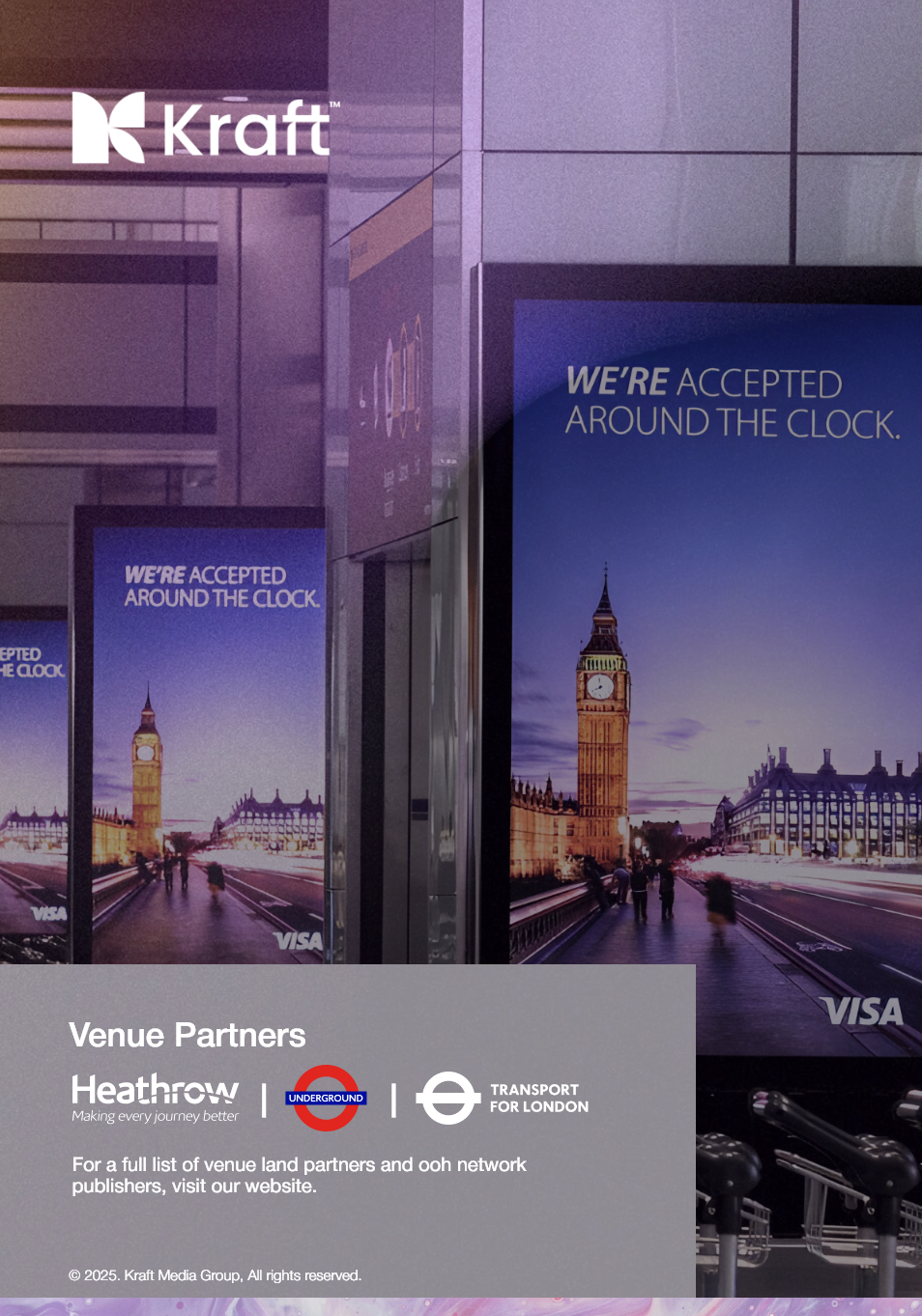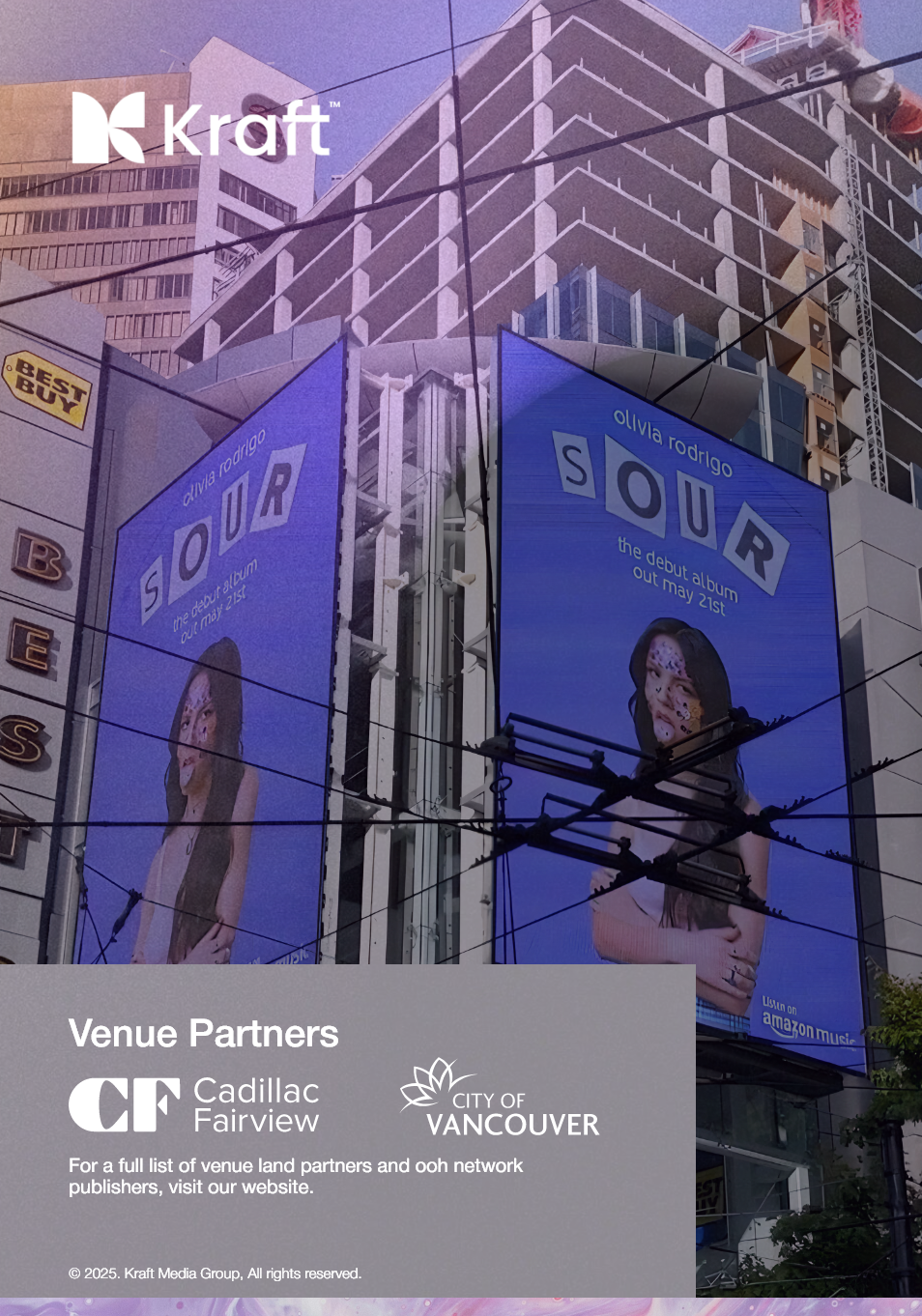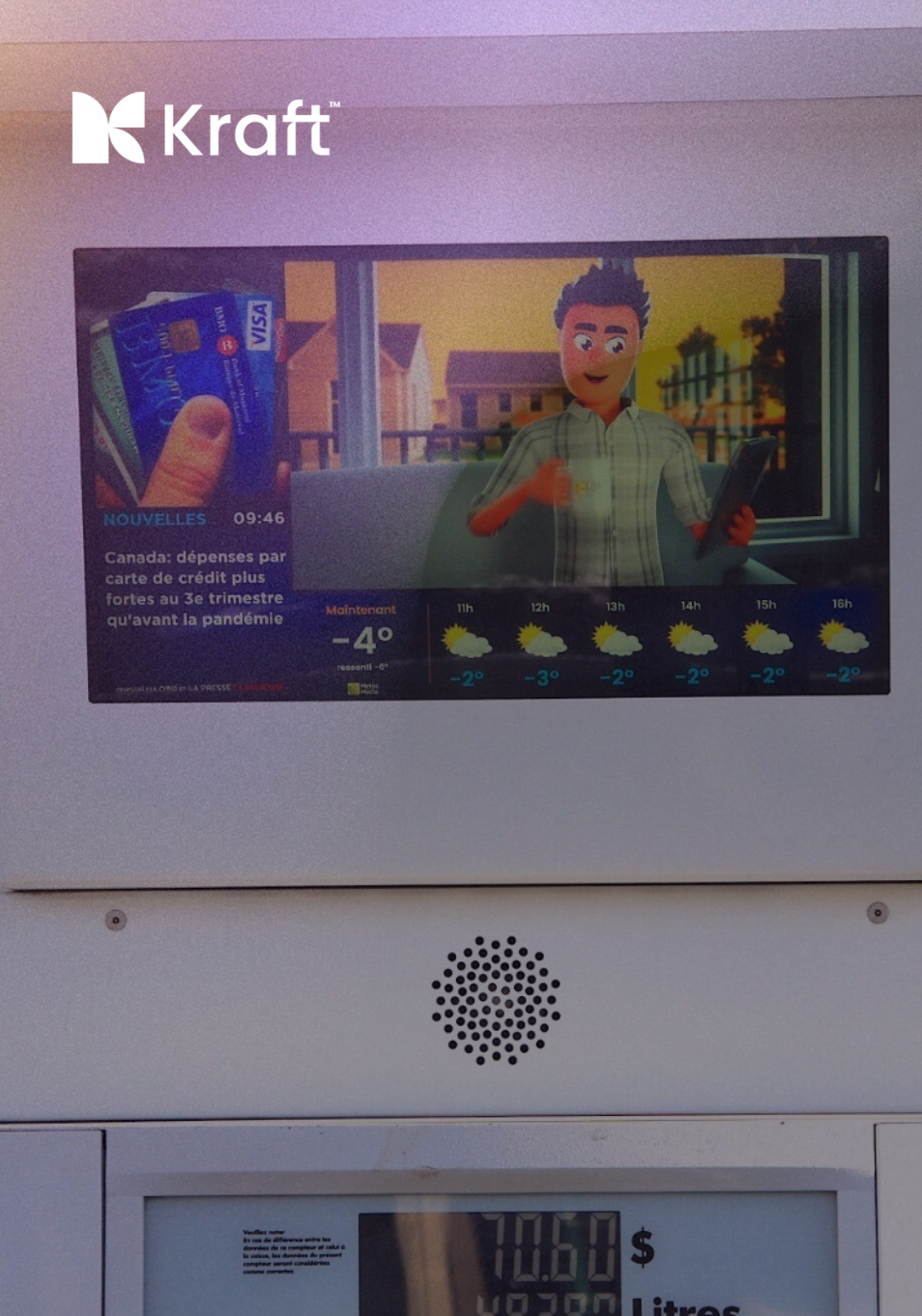Advertising today is less about choosing a single channel and more about assembling the right mix to reach audiences where they live, move, and watch. Two of the most powerful options available to marketers are Digital Out of Home, commonly called DOOH, and Social Media Marketing. On the surface they may seem to compete for attention and budget. In practice they complement each other when planned strategically.
This article explains the strengths and limitations of each channel, how they differ in audience, creative and measurement, and practical ways to combine them into campaigns that outperform single channel approaches.
What each channel does best
Digital Out of Home
Physical presence in high frequency, high dwell environments such as transit hubs, fueling stations, retail centers, elevators and residential lobbies.
Captures undivided attention in context. People stop, wait, queue, commute and in those moments screens are unavoidable.
Scales local presence rapidly. DOOH works for single city brand dominance or for national rollouts with consistent creative.
Excels in awareness, memory building and location based response when paired with proximity triggers.
Lorem ipsum dolor sit amet, consectetur adipiscing elit. Ut elit tellus, luctus nec ullamcorper mattis, pulvinar dapibus leo.
Social Media Marketing
Precision audience targeting based on interests, behavior and first party data. Creative can be personalized to micro segments and updated instantly.
Two way engagement. Users can click, comment, share, DM and transact directly from the ad unit.
Efficient for conversion objectives such as traffic, lead capture and direct sales when funnels are built correctly.
Strong creative formats for storytelling, user generated content and influencer amplification.
Lorem ipsum dolor sit amet, consectetur adipiscing elit. Ut elit tellus, luctus nec ullamcorper mattis, pulvinar dapibus leo.
Audience behaviour and context
Context matters more than ever. People consume screens differently in different environments.
• DOOH context: Public, communal and often task oriented. At a transit stop or in an elevator people are in a neutral state and receptive to short, bold messages. Repetition across venues increases recall and trust.
• Social context: Private, personal and interactive. Users scroll in short sessions with intent to be entertained, informed or social. Ads must interrupt quickly and offer immediate value or a clear path to action.
That difference explains why DOOH is typically stronger for awareness and salience while social is stronger for direct response and micro targeting.
Creative approach and format
DOOH demands clarity and instant legibility. Messages must be bold, simple and visually striking because dwell time is short.
• Best practices for DOOH creative: one main idea per frame, large typography, simple calls to action, strong brand cues, motion that reads at a glance.
• For social creative: sequential storytelling, longer cuts, captions for sound off, interactive elements such as polls and shoppable tags.
High performing campaigns treat DOOH creative like outdoor theatre and social creative like an extended conversation.
Measurement and attribution
Measurement is where the channels differ the most and where marketers often get confused.
• DOOH measurement: Impressions, estimated reach, dwell time, and movement based attribution such as location lift and store visits measured via mobile location data or foot traffic partners. DOOH attribution has matured quickly and now supports conversions through hybrid measurement stacks.
• Social measurement: Clicks, conversions, cost per acquisition and detailed user funnel metrics. Social platforms provide tight signal from ad to action but are susceptible to ad fatigue and diminishing returns without creative rotation.
Combined measurement: Use a multi touch attribution model. Track upper funnel metrics on DOOH such as reach and brand lift, then tie in social conversions and website behavior. Geo matched control tests can show incremental lift when DOOH and social run together versus social alone.
How budgets typically flow
• Awareness first campaigns: 60 percent DOOH, 30 percent social, 10 percent testing and creative iteration.
• Performance first campaigns: 20 to 40 percent DOOH for reach and contextual presence, 60 to 80 percent social for direct conversion and retargeting.
• Hybrid brand building plus performance: balanced 40 DOOH 50 social 10 testing.
Adjust percentages by market size and the cost per impression in your region. DOOH often has higher CPMs for premium placements but produces stronger memorability and local presence.
Use cases where each channel shines
• DOOH wins: new store openings, tourism and destination promotion, local service awareness, event promotion, large brand campaigns that need mass city level reach.
• Social wins: direct to consumer product launches, lead generation, e commerce flash sales, hyper segmented offers, and influencer amplified activations.
• Together: announce with DOOH for mass awareness, remarket on social to convert, use influencer content to humanize the billboard moment and drive UGC.
Practical integration strategies
The best campaigns merge both. Brands can use DOOH to build awareness and legitimacy, then retarget those exposed audiences online through social media. For example, a QR code on a DOOH ad can lead directly to a digital campaign or product page. Conversely, social media insights can guide where DOOH placements should go—using data to reach the most relevant physical audiences.
Why the Future is Hybrid
The future of marketing lies in the synergy between online and offline experiences. Consumers don’t separate the two—they move fluidly between physical spaces and digital platforms. Smart brands recognize this and design campaigns that do the same, creating consistent, immersive journeys that start in the real world and continue online.
Conclusion
DOOH and social media marketing aren’t competitors—they’re partners. Each brings unique strengths to the table: DOOH builds awareness and authority, while social media builds engagement and community. When used together, they form a complete ecosystem of influence—meeting audiences wherever they are and turning attention into action.
Contact Us for Sales
Ready to take your brand to the next level with premium CTV and DOOH placements? Our team is here to help you build a campaign that fits your goals, your budget, and your audience.
Email: studio@kraftmediagroup.com




